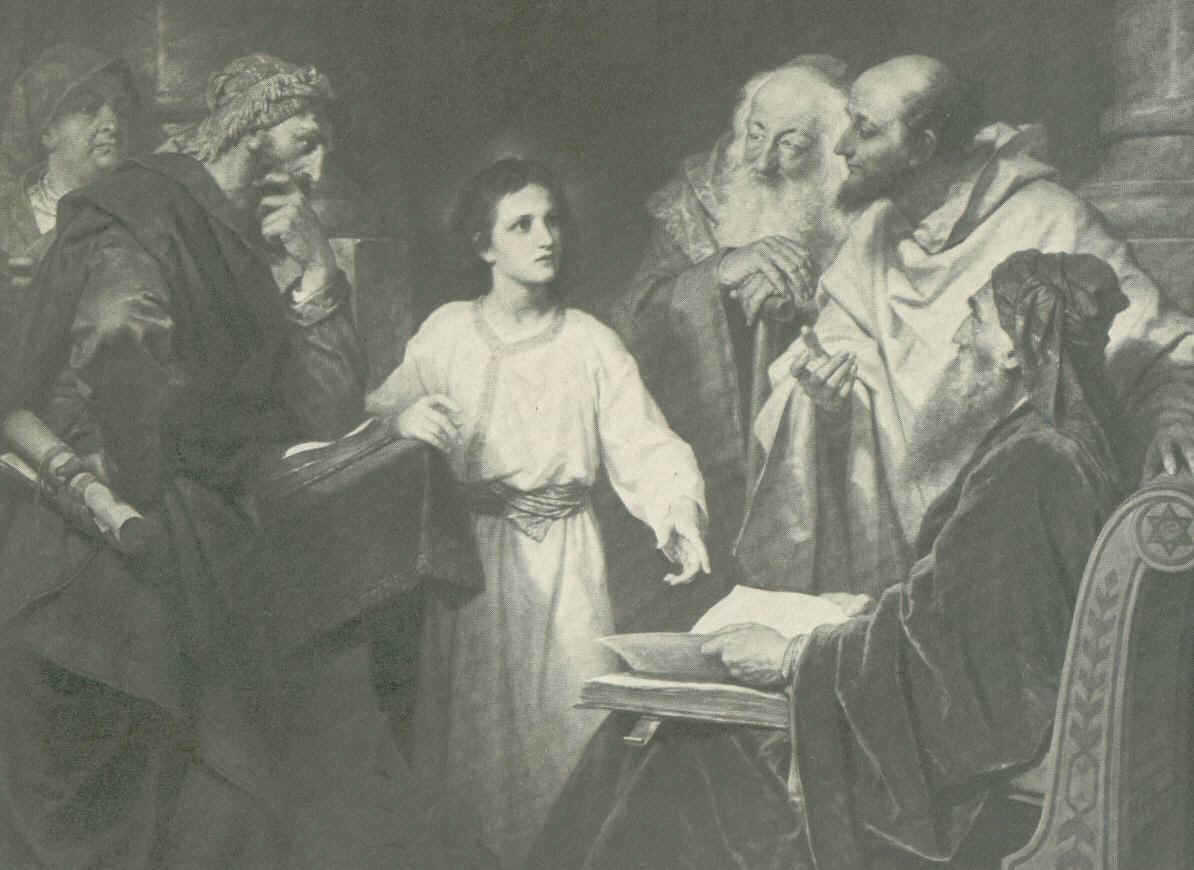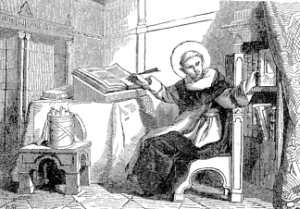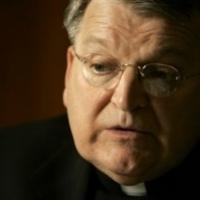Summary of the clerical continence debate and response to a recent Roman statement thereon
Note: This post will be of interest only to those following the debate over the clerical continence obligations set out in Canon 277.
The publication of now-Cdl. Francesco Coccopalmerio’s December 2011 letter denying the continence obligations of married deacons (see Roman Replies and CLSA Advisory Opinions 2012 at pp. 12-14) makes feasible, at last, the publication of my responses to those remarks (see no. 6 below). Before doing that, however, some background to, or perhaps better a recapitulation of, the basic history of this controversy might be helpful.
1. Over the last few decades, various theologians and Church historians (including Stickler, Heid, Cochini, Keefe, McGovern, and Levada) have concluded that complete sexual continence has been, from ancient days, an expectation for all clerics in the Western Church, even those clerics who are married.
2. About five years ago, I published an extensive canonical examination of the possibility that married clerics (specifically deacons) were bound to observe “perfect and perpetual continence” in accord with Canon 277. I concluded that modern canon law upholds this ancient obligation notwithstanding an almost universal inadvertence to this requirement among married Roman clerics today.
3. About three years ago folks with access to my canonical study began discussing it before more popular readerships (eventually bringing it to the internet) whereupon numerous representations (some accurate, some ludicrous, but most simply missing the point) of my views were aired. I responded to as many of these representations as I could.
4. In March 2011, then-Abp. Coccopalmerio, president of the Pontifical Council for Legislative Texts, published a very brief (as in, one phrase in one sentence) comment against the view that married deacons are bound by any canonical continence obligations. I replied to that brief remark here.
5. In December 2011, Abp. Coccopalmerio sent a much longer “clarification” to then-Abp. Timothy Dolan, president of USCCB, who in turn forwarded the letter to Abp. Robert Carlson (in light of his USCCB committee duties), who in turn circulated the Roman prelate’s letter to US bishops and their staffs under a short cover letter. I noted the appearance of the “clarification” and cover letter here (scroll to no. 12) and sent my extended replies to the original letter itself directly to those with access to its text. I refrained, however, from public commentary on the original letter until such time as the archbishop’s’ remarks became available to the public—even though it was professionally distressing for me to see it, in my view, being misapplied chiefly by those ascribing to it a canonical definitiveness that it neither claims nor has. I did offer here (see “Second”) two observations on points gleaned from summaries of the original letter, which points—though clear to specialists yet likely escape the notice of those not—were exacerbating confusion on this matter.
6. As now-Cdl. Coccopalmerio’s “clarification” of 17 Dec 2011 has become publicly accessible, a PDF of my reply Memorandum dated 16 Feb 2012 (alongside the original letter) is available here. As does the cardinal himself, of course, I stand ready to offer any additional observations that might be required for the accurate resolution of this controversy.
By way of post-script, let me elaborate on a point I’ve made elsewhere, but which is seldom acknowledged: the Church decides matters of significant moment in her own way, at her own time. It is not for experts to tell the Church what to do on a given matter, or even when to do it, but rather, in accord with their qualifications and studies of an issue, to say “here is what you have done in the past, and here is what you are doing now” and to ask in that light, “is this what you want to do?”
My position is, of course, that Western law and tradition expect, beyond any question, the observance of perfect and perpetual continence among all clerics, and that arguments from, say, silence and/or inadvertence (hallmarks, I suggest, of a hermeneutic of rupture) are insufficient to defeat that expectation. But that is not to say that the Church cannot choose to modify or abandon her clerical discipline in this regard; indeed, I suspect that the Church can change her expectations here, and that persons with deeper knowledge of, among other things, the theology of holy Orders, the sacred liturgy, and the nuptial imagery of the Eucharist should advise her on whether such change is a good idea or a bad. My only point is that the Church has not, contrary to common assumption, formally changed her expectation in regard to complete clerical continence, and that damage is being done to important ecclesiastical values by assuming otherwise. As for what the Church will decide to do in this matter, or when she will decide to do it, such things are not for me to say.
I can say, though, that this question is not going away. To the contrary, what was even a few years ago a question posed chiefly in regard to married deacons is suddenly relevant to hundreds, even thousands, of married priests coming in or perhaps coming into full communion and taking on ministry under current and/or proposed provisions. Now, however strong are the arguments for clerical continence among deacons—and they are very strong—those arguments are even stronger yet when applied to priests, men who are still more closely configured to Christ our High Priest and who are the very agents of his Eucharistic cult on earth.
More than 30 years ago, then Fr. Raymond Burke wrote in regard to certain questions on marriage law that “The too rapid growth of practice without a clear and solid theoretical foundation has its most serious consequences in the confusion regarding the very foundations of matrimonial law”. Burke, Lack of discretion of judgment (1986) 85. I think that now-Cdl. Burke’s wise words resonate in regard to the scope of clerical continence, the sudden and prominent rise of a married clerical state in the West, and an effectively bifurcated order of diaconate, as well.
My scholarship and my prayers, such as they are, are offered toward a fitting resolution of all of these issues.



Comments are closed.